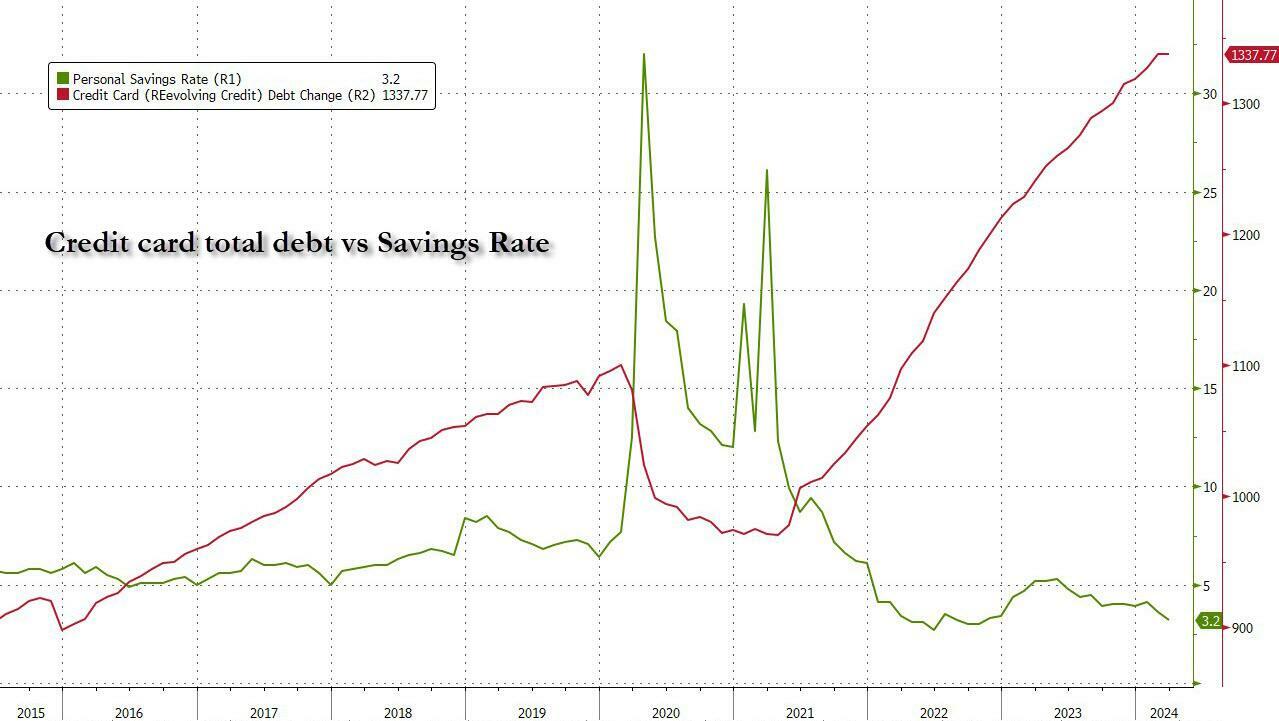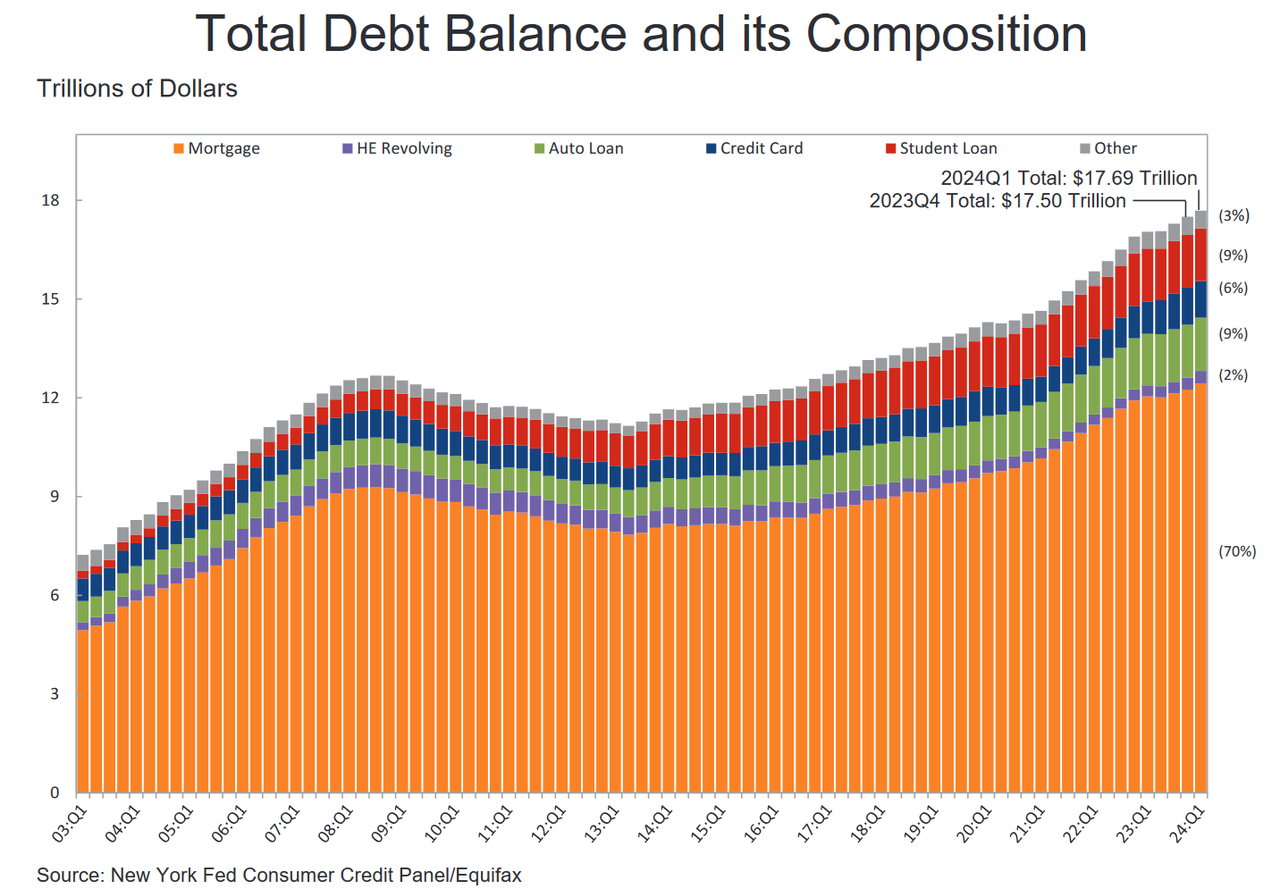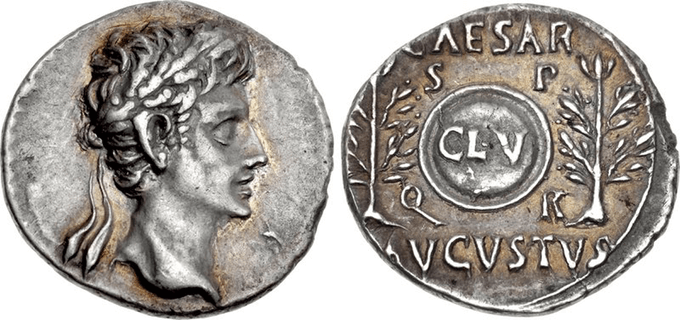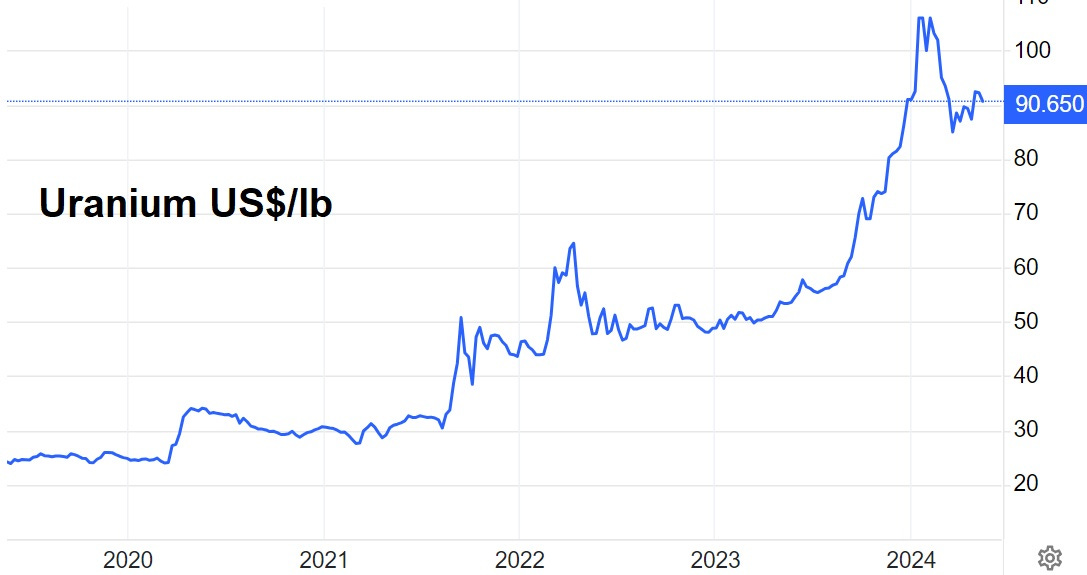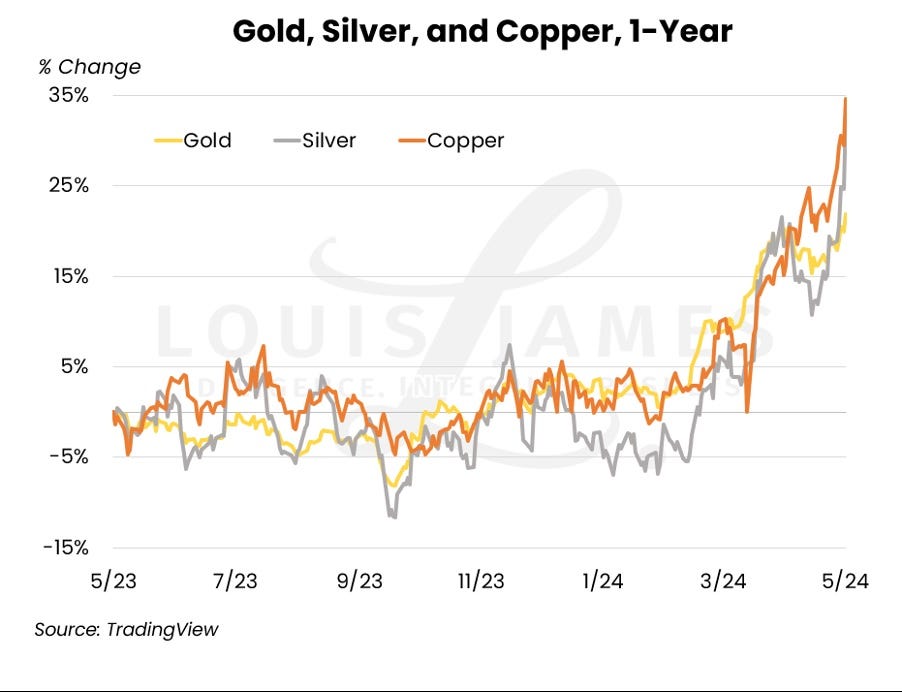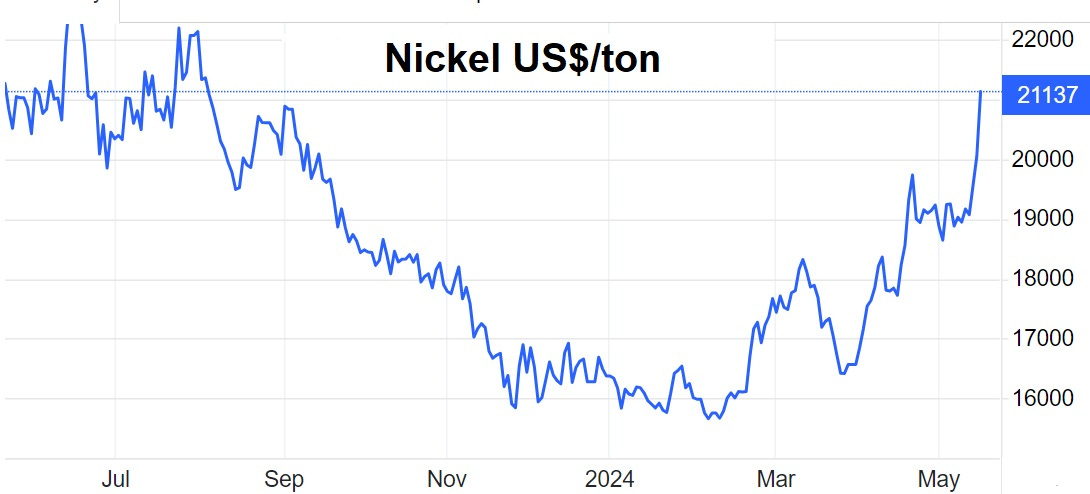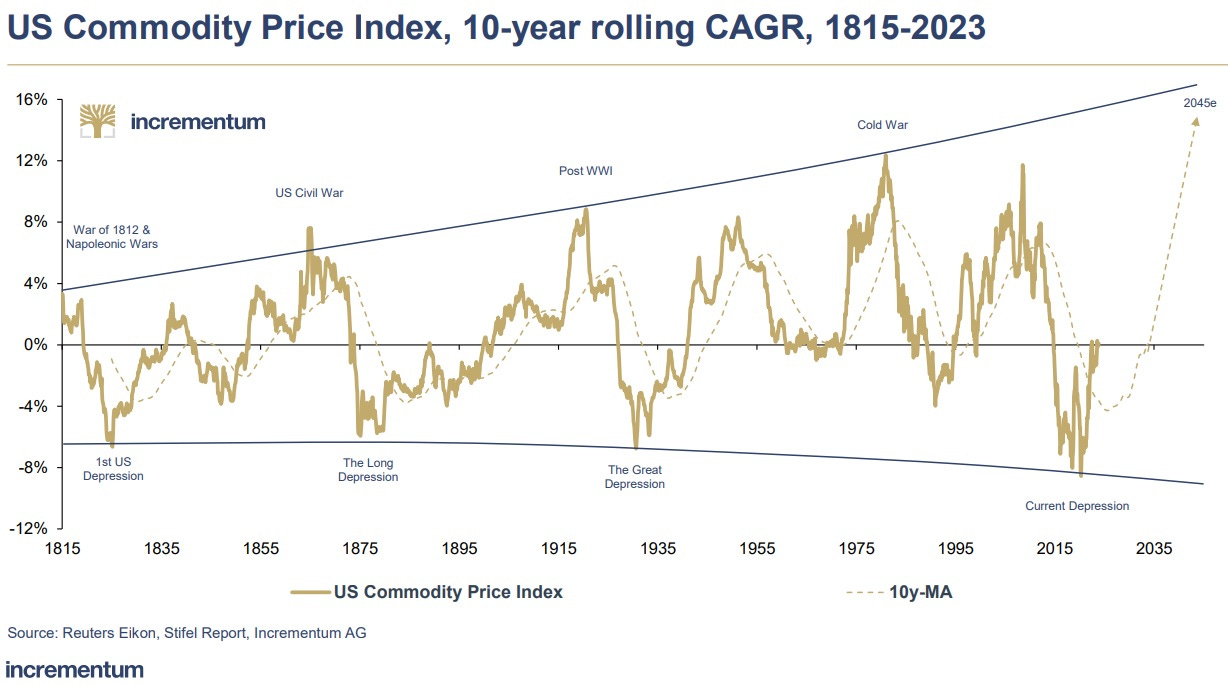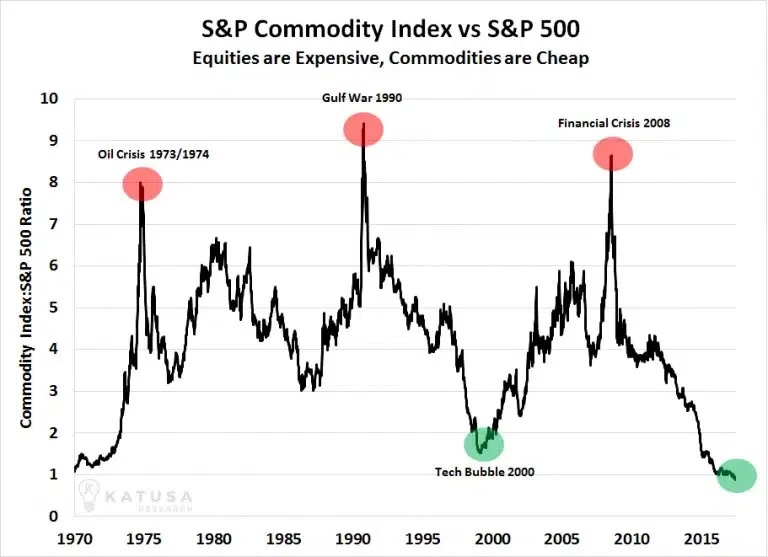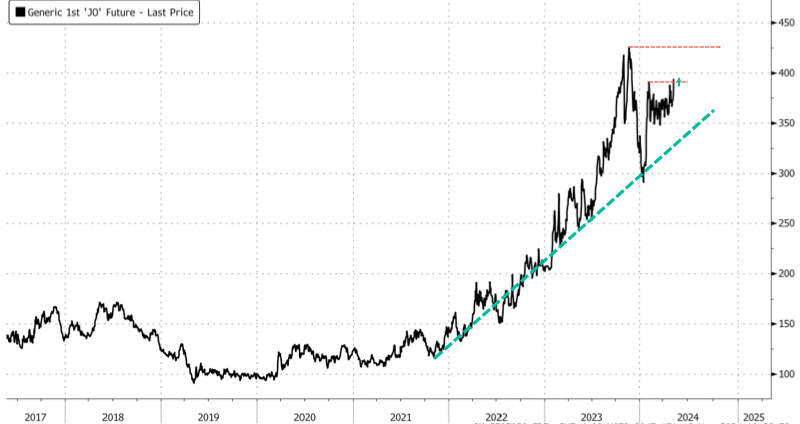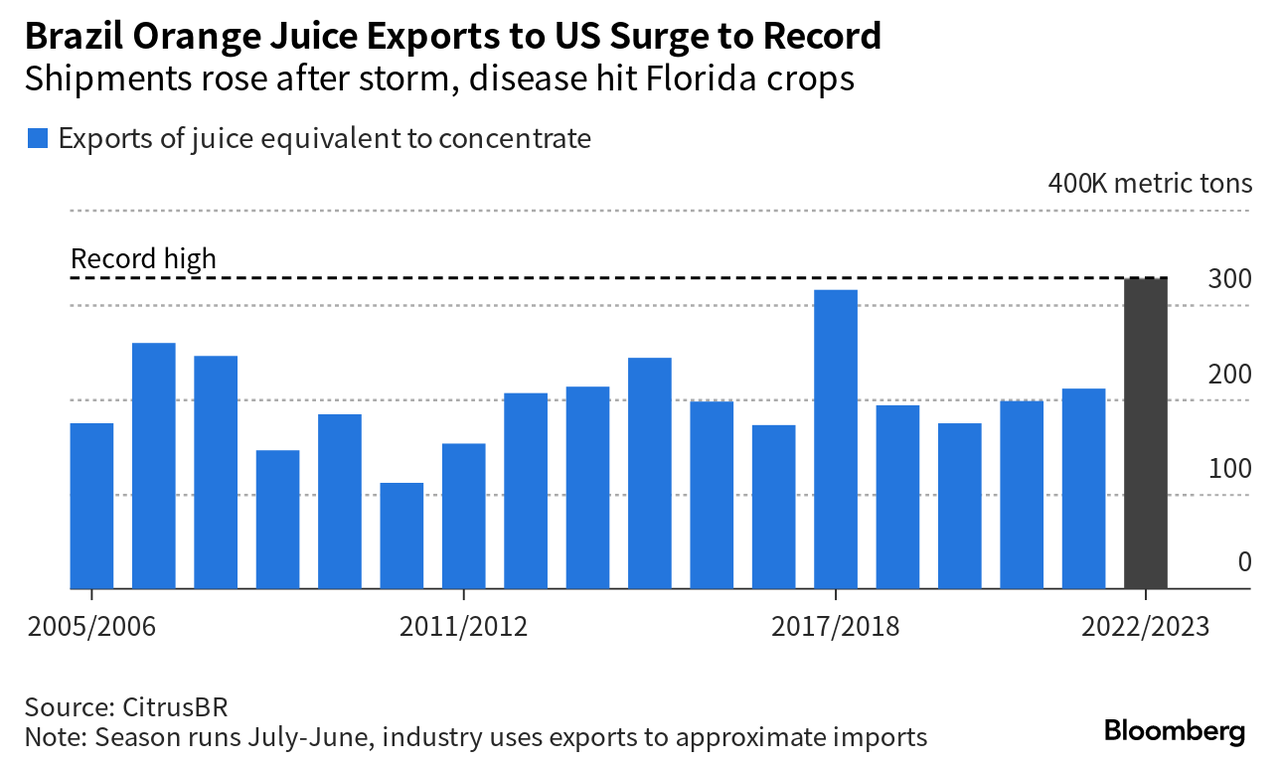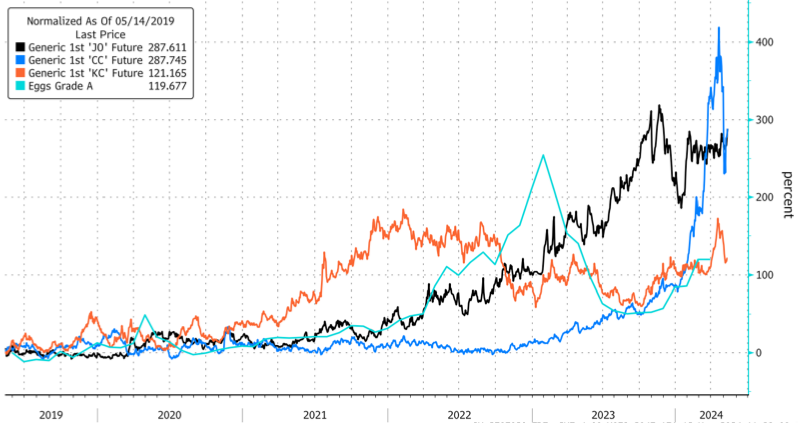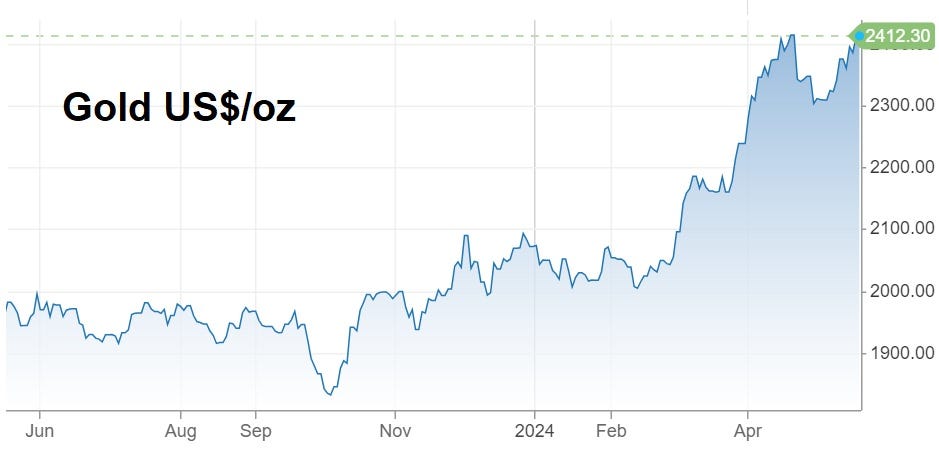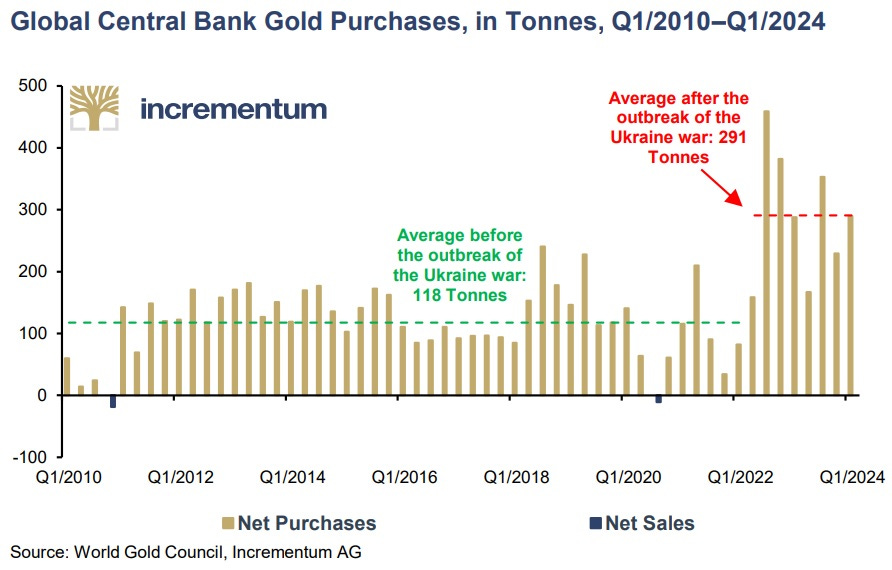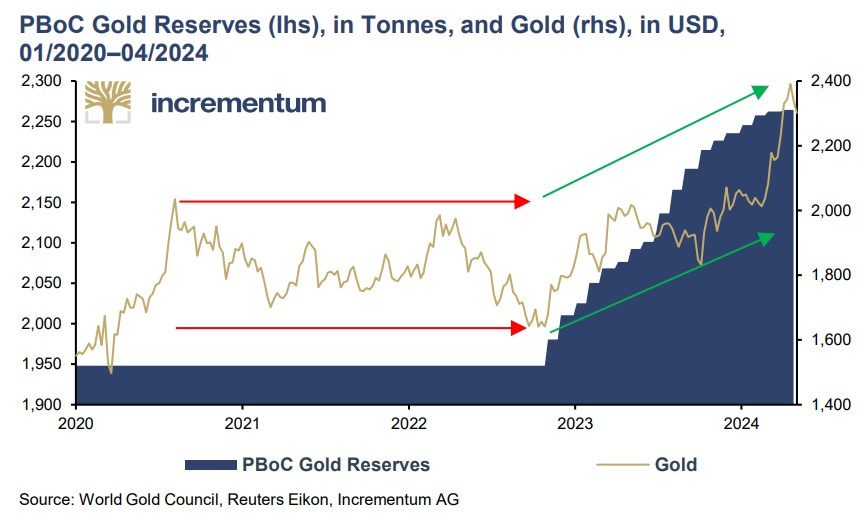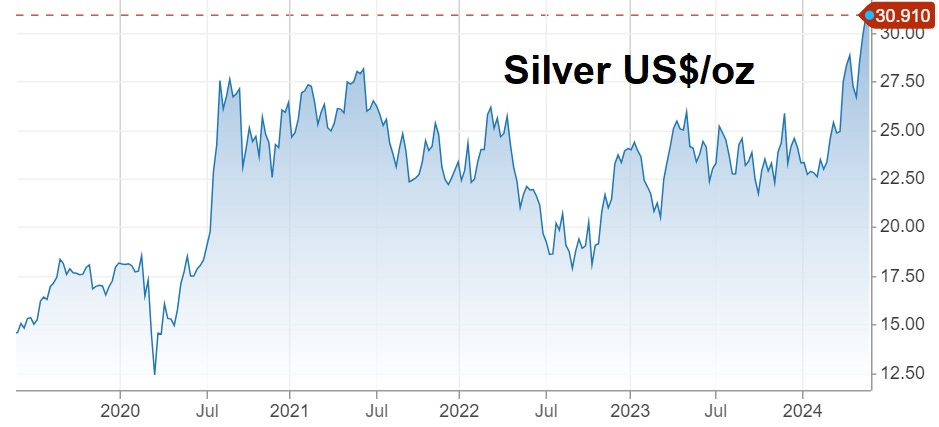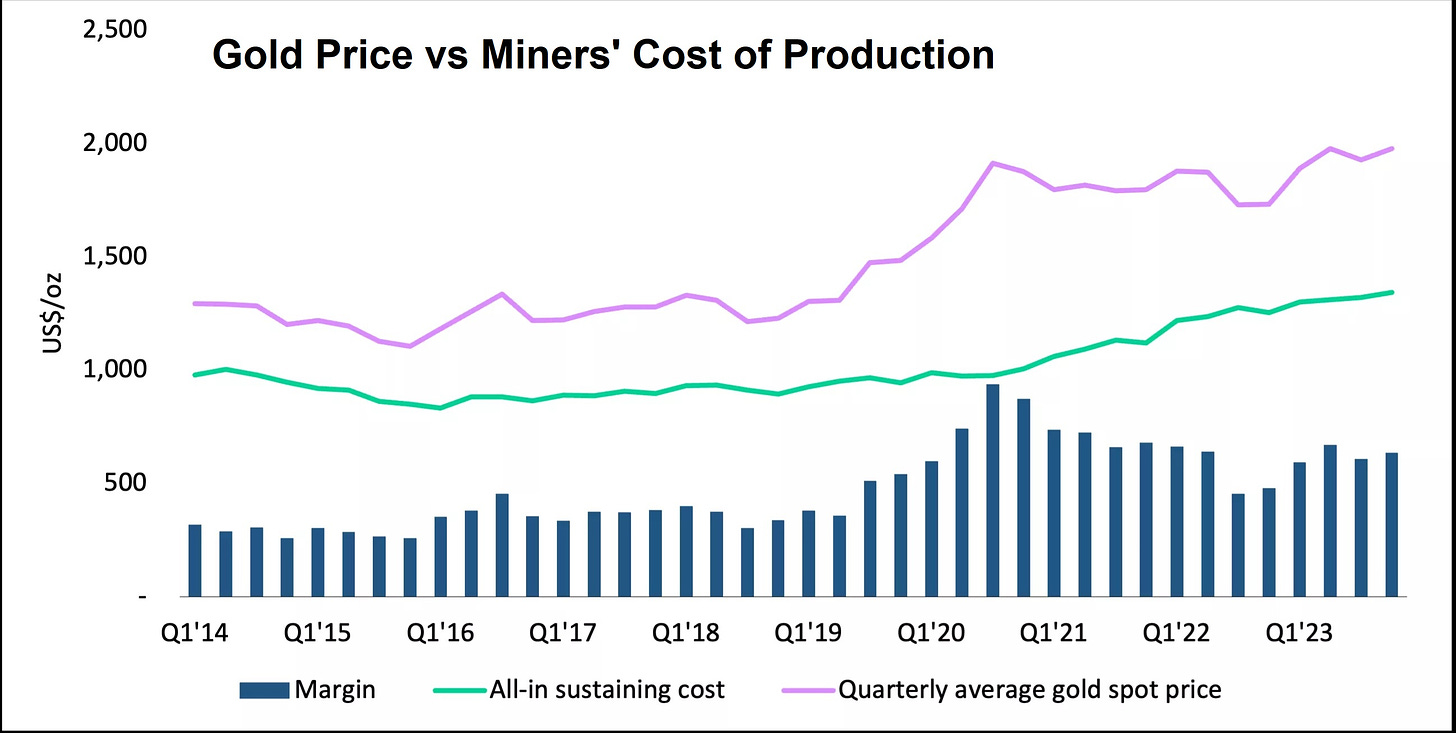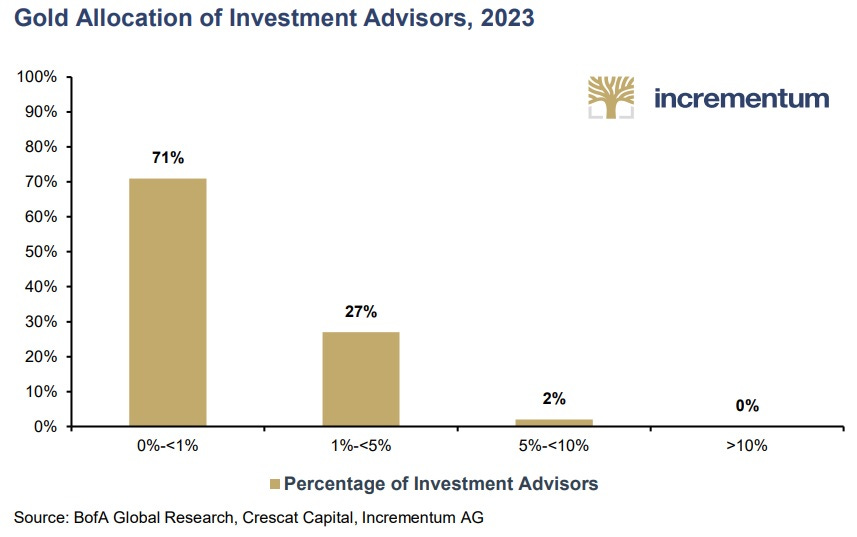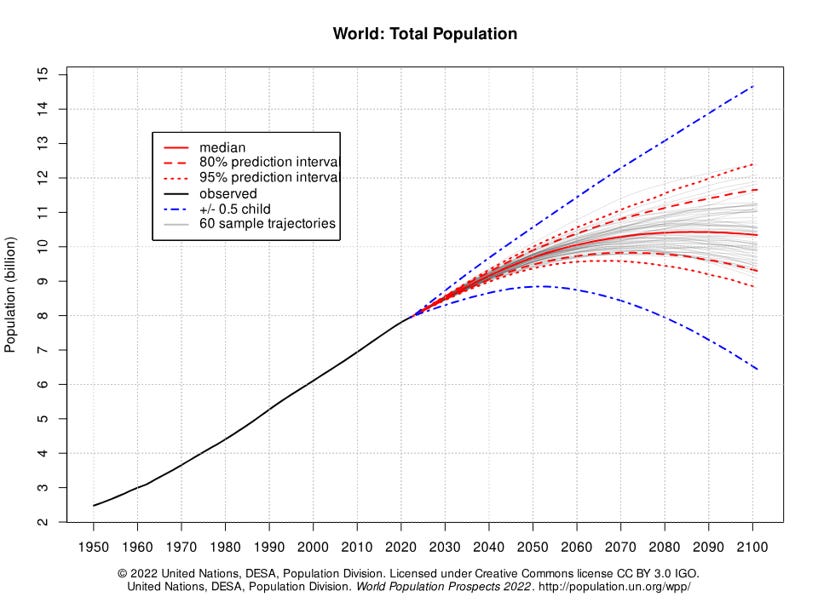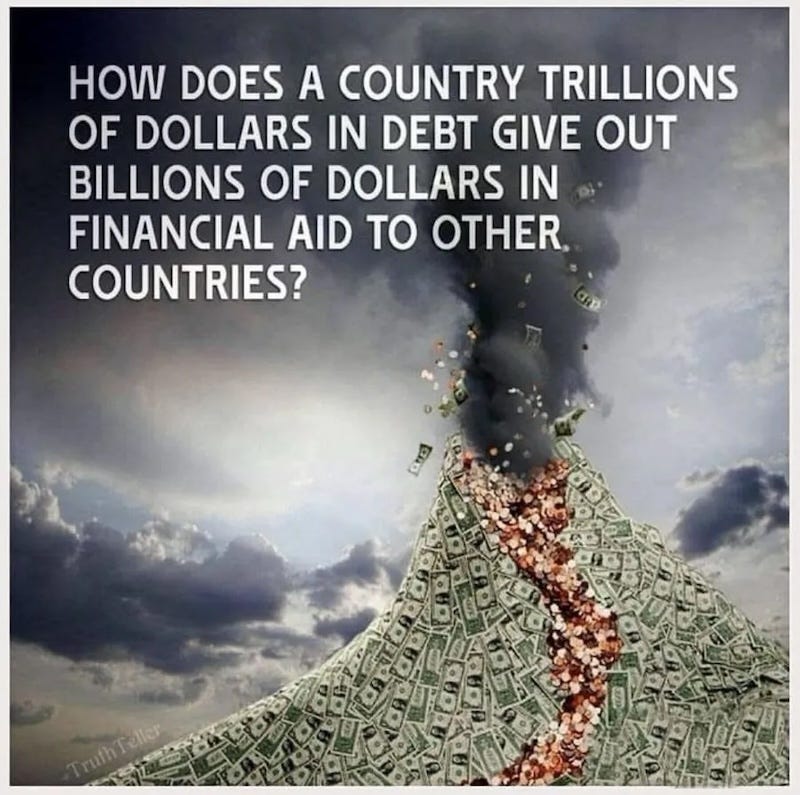The money supply is rising again, and persistent inflation is not a surprise. Inflation occurs when the amount of currency increases significantly above private sector demand. For investors, the worst decision in this environment of monetary destruction is to invest in sovereign bonds and keep cash. The government’s destruction of the purchasing power of the currency is a policy, not a coincidence.
Readers ask me why the government would be interested in eroding the purchasing power of the currency they issue. It is remarkably simple.
Inflation is the equivalent of an implicit default. It is a manifestation of the lack of solvency and credibility of the currency issuer.
Governments know that they can disguise their fiscal imbalances through the gradual reduction of the purchasing power of the currency and with this policy, they achieve two things: Inflation is a hidden transfer of wealth from deposit savers and real wages to the government; it is a disguised tax. Additionally, the government expropriates wealth from the private sector, making the productive part of the economy assume the default of the currency issuer by imposing the utilization of its currency by law as well as forcing economic agents to purchase its bonds via regulation. The entire financial system’s regulation is built on the false premise that the lowest-risk asset is the sovereign bond. This forces banks to accumulate currency—sovereign bonds—and regulation incentivizes state intervention and crowding out of the private sector by forcing through regulation to use zero to little capital to finance government entities and the public sector.
Once we understand that inflation is a policy and that it is an implicit default of the issuer, we can comprehend why the traditional sixty-forty portfolio does not work.


